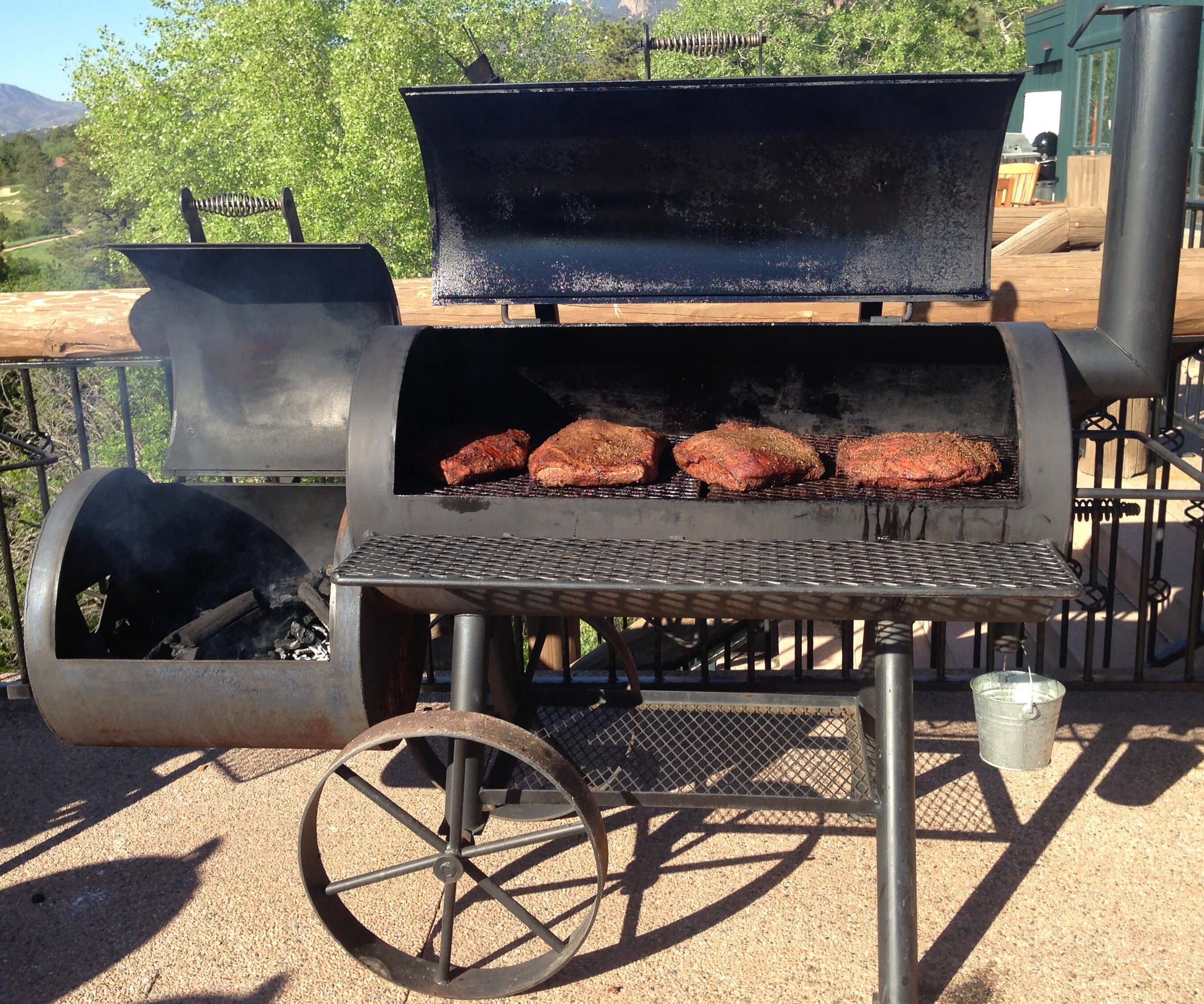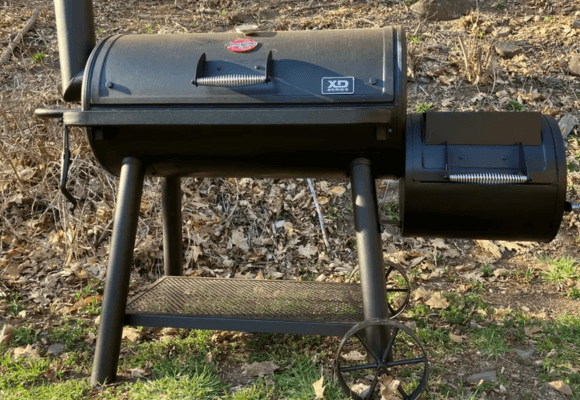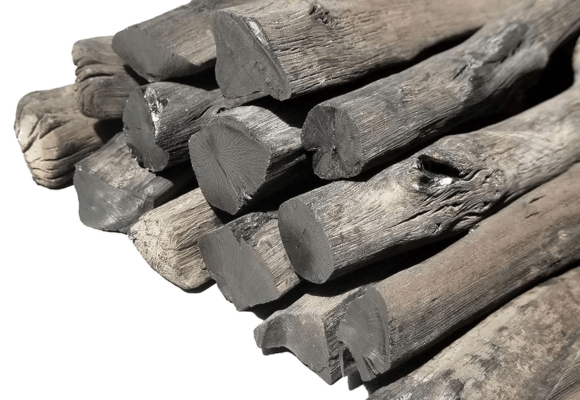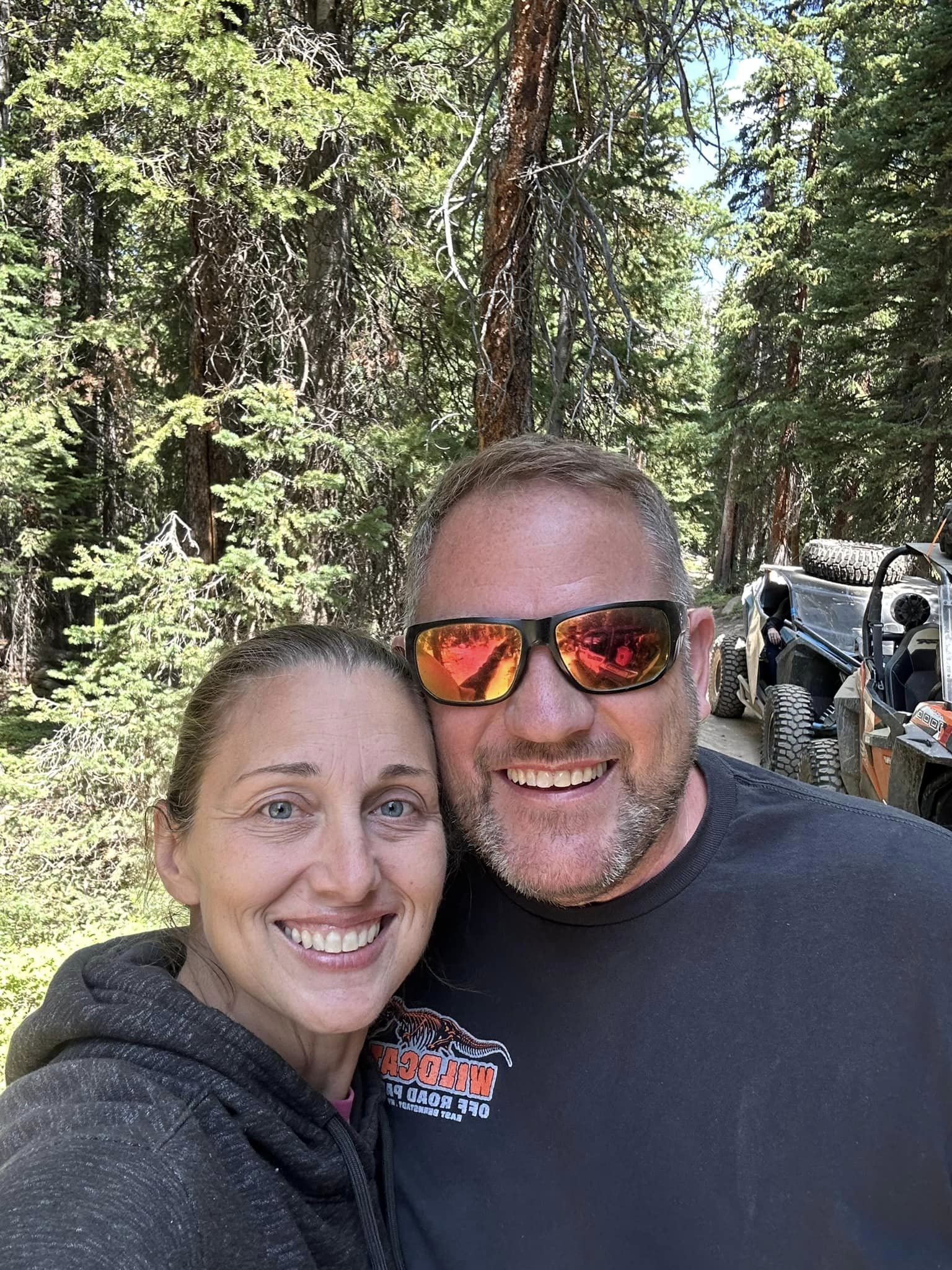A stick burner smoker, also known as an offset smoker, is a traditional and respected choice among pitmasters in the world of barbecue. It is designed to cook meat using log splits, although charcoal can also be used.
If you’re interested in making barbecue the traditional way, a stick burner smoker is a good choice for you also. It lets you be in charge of cooking by controlling the fire and smoke. This can make your barbecue parties more exciting and your food more delicious.
Cool things Using a Stick Burner Smoker?
There are various types of smokers available on the market, ranging from designs meant for cooking for small gatherings to massive pits intended for feeding large crowds. Most of the latest models are equipped with the latest technology; for example, you can control and manage the smoking process via mobile, while others are like old school, with no electronic equipment, everything controlled by hands.
Among these, the most complicated type of smoker is the offset smoker, which is quite difficult to master. It presents a challenging method to operate, using wood logs or a mix of wood and charcoal. It’s about directly engaging with the process—a serious barbecue enthusiast can find pleasure in managing the flames, controlling the temperature, and adjusting the smoke.

Using it might also connect you with the wider community of barbecue enthusiasts who share a passion for traditional smoking methods. This connection allows for the sharing of the history of cooking with fire, exchanging stories, techniques, and recipes with fellow aficionados. The reason behind this is that these enthusiasts enjoy socializing around their pit, tossing more fuel into the fire. Meanwhile, others opt for the automatic option, which better suits their lifestyle.
Stick burners are fuel-intensive, requiring a steady supply of wood logs to maintain the fire, which is considered the purest way to cook meat. Managing fuel supply and consumption adds another layer of complexity to using a stick burner. Because wood generates more smoke than charcoal briquettes, this approach provides consistent results and deliciously smoked meat.
My favorite style is to start with a chimney of charcoal to lit them and a bit of small wood chunks, then refuel with just wood. However, sometimes I also use a mix of wood and lump charcoal again. This technique I learned from a Reddit community where stick burner folks shared it in a story.
How Does a Stick Burner Smoker Work?
Have you Ever wondered how those pitmasters achieve that deep, delicious smoke flavor? It’s all thanks to the magic of stick burner smokers. But don’t worry, there’s no actual magic involved, just some good old-fashioned fire and wood!
Design and Components
A stick burner smoker typically features a large, horizontal chamber where the food is placed on racks to cook. At one end of this chamber, there’s a firebox where wood logs are combusted to generate heat and smoke. The firebox is connected to the main chamber, allowing smoke and heat to flow through and cook the food slowly.
On the opposite end, a chimney or vent allows smoke to exit, creating a draft that pulls fresh air into the firebox, aiding combustion and regulating temperature. For those who prefer customization, handmade stick burner smokers allow you to incorporate features as you like.
Operation
The operation of a stick burner revolves around managing the fire in the firebox to create a consistent flow of heat and smoke into the cooking chamber.
The process begins with igniting a fire within the firebox using kindling and smaller pieces of wood, eventually adding larger logs to establish a steady burn.
Unfortunately, the stick burner comes equipped with inlet and outlet dampers. By adjusting the intake and exhaust vents, you can control the amount of air that feeds the fire and the rate at which smoke exits the chamber. Increasing the air intensifies the fire, raising the temperature, while reducing the air cools it down.

The type of wood used significantly influences the flavor of the smoke. Therefore, you can purchase bags or cords of seasoned wood from hardware stores, where various types of hardwoods like hickory, oak, and apple are available (Avoid woods which are not better for smoking), each providing different nuances to the food. The goal is to maintain a clean smoke flow, avoiding thick, white smoke that can impart a bitter taste to the food.
Techniques for Perfect Smoking
A stick burner or offset smoker operates on the principles of fire management, airflow control, and temperature regulation to manage them to achieve perfect smoking. Its traditional design and reliance on wood fuel not only make it a favorite among barbecue purists but also provide a rewarding challenge to those willing to engage deeply with the art of smoking.
Success with a stick burner requires keeping the cooking temperature within a specific range, often between 225°F and 275 degree °F for most meats. This is achieved by carefully adding wood to the fire and adjusting the vents to regulate airflow.
Not just for offset smokers but also for other types of smokers, maintaining a clean-burning fire is essential for producing quality smoke. This just involves regularly removing ash from the firebox and ensuring the wood burns efficiently.
Unlike more automated smoking methods on Traeger or weber smokers, using a stick burner involves frequent checks to monitor the temperature, smoke quality, and the meat’s progress. This hands-on approach is crucial for achieving the desired outcome.
The following are important steps and techniques used with stick burners to achieve the best smoky flavor in your meals, but expertise comes with experience. Once you become an owner, over time and with use, you will develop an awareness of how to manage it perfectly. Additionally, joining a BBQ community to connect with experienced pitmasters, many of whom have BBQ competition experience, can further enhance your skills and knowledge.
Should a Beginner Buy a Stick Burner?
Deciding whether it is worth it for a beginner to invest in a stick burner smoker. An offset smoker is a challenging type of smoker, but that is also an excellent choice if you enjoy playing with fire. If you prefer simply turning on a gas burner or filling a hopper with pellets in a pellet grill to start grilling, then a stick burner is not for you.
Charcoal briquettes are easier to burn compared to wood logs. Over time, you can easily decide the ratio of charcoal to wood that works for you. These are just a few things you need to have a bit of experience with to start using an offset smoker. That’s the way I also started learning to smoke on a stick burner.
If you decide to go with a stick burner or offset smoker, you don’t necessarily need to start with a high-end model. There are affordable options that could be better for beginners, introducing them to the basics without a significant upfront investment.

I simply picked a used offset smoker that cost me $110, which I used to cook a lot of recipes in the beginning, including turkey and brisket. My first beef brisket on the smoker was absolutely tasty, and I used walnut and peach wood for a long, full-night smoke.
The barbecue community is known for its welcoming nature and willingness to share knowledge. Beginners will find a wealth of resources, advice, and support from fellow stick burner enthusiasts.
Most Common challenges With Stick Burners
Using a stick burner smoker, while rewarding for many barbecue enthusiasts, comes with its own set of common challenges.
One of the most common challenges with stick burners is maintaining consistent heat throughout the cooking process to ensure a clean-burning fire. Keeping the wood burning hot enough is essential; otherwise, thick smoke can cause an overpowering flavor and might lead to creosote buildup in the smoker, which is difficult to clean as well.
Stick burners, especially larger models, require a significant amount of backyarders space and are not easily moved. For those with limited space or the need for a portable smoking option, a stick burner may not be the most practical choice.
Common Mistakes
- Try to avoid using large-sized logs. This is a mistake most people make. If you have a large cord of logs, split them into smaller pieces, ideally around 3 inches in diameter. This size fits perfectly with smaller backyard smokers. Personally, I use big chunks for low and slow cooks, which are also similar in size, around 2-3 inches in diameter.
- This is not a set-and-forget smoker; you need to pay attention to it for refueling. So, you typically need to add more split logs every 40–50 minutes to maintain the desired heat and smoke levels.
Frequently Asked Questions
Can We Use Wood Chunks In An Offset Smoker?
Yes, you can use wood chunks in an offset smoker, and doing so can offer several benefits. While offset smokers are traditionally operated with split logs as the primary fuel source, wood chunks can be used effectively, especially for maintaining or adding smoke flavor during the cooking process.
